13 Creative Ways To Learn That Will Get You An A on Your Next Test
Finding creative ways to learn and actually retain information can be difficult, but here are 13 options to make your life easier.
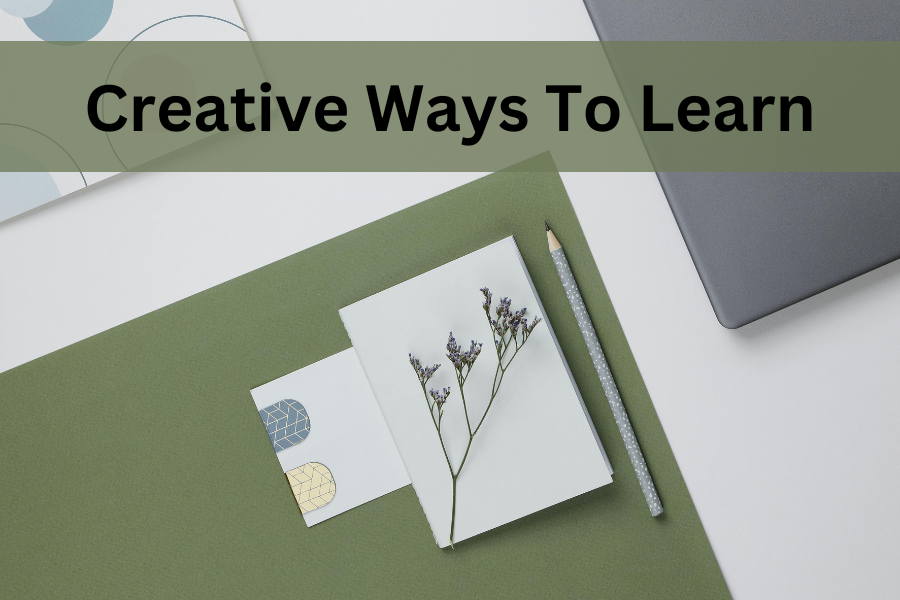
High school can sometimes feel like a never-ending loop of lectures, homework, and tests. But it doesn’t have to be that way. Learning can actually be fun and exciting if you mix things up a bit. There are so many cool and creative ways to learn. They can make studying more interesting and help you get into those tough subjects without feeling like you're stuck in a boring routine.
Whether it’s through new study techniques, using cool tech tools, or finding fresh ways to get into your subjects outside of class, you’ll see that learning can be an exciting journey instead of a boring task.
So, let’s dive into some of these creative ways to learn and make your high school learning experience not just effective, but also super enjoyable. Get ready to make high school both memorable and fun!
This post is all about fun and creative ways to learn.
Creative Ways To Learn
1. Mind Maps
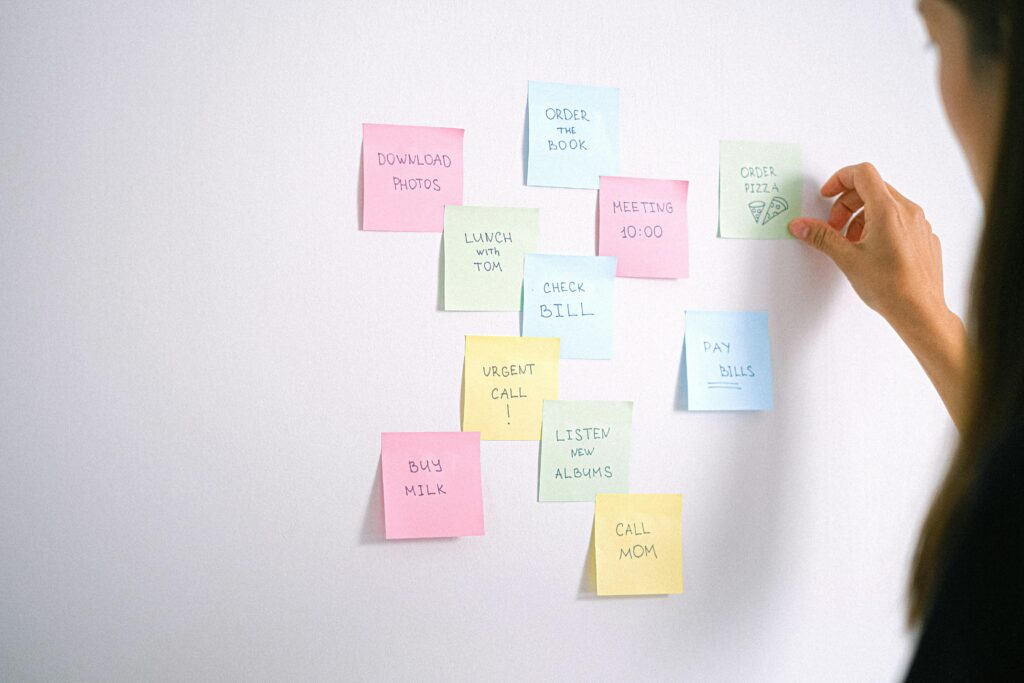
Mind maps are a fantastic way to visually organize your thoughts and study material. Instead of linear notes, you create a colorful, branching diagram that starts with a central idea and expands into various subtopics.
For example, if you're studying biology, you could have a central node labeled "Cell" with branches leading to "Organelles," "Functions," "Cell Division," and so on. Each branch can further split into more detailed nodes. By incorporating drawings, symbols, and different colors, you make the information more engaging and easier to remember.
Mind maps help you see the connections between different pieces of information, which can enhance your understanding and retention.
2. Educational Games

Studying doesn't have to be a solo, tedious activity. Educational games turn learning into a fun and competitive experience.
Apps like Quizlet and Kahoot! allow you to create flashcards and quizzes that you can use alone or with friends. Board games like "Timeline" can make history lessons feel like playtime, challenging you to place events in the correct order. Games tap into your competitive spirit and make repetition enjoyable, which is crucial for memorizing facts and concepts.
Plus, playing with friends or classmates can lead to lively discussions and deeper understanding of the material.
3. DIY Projects
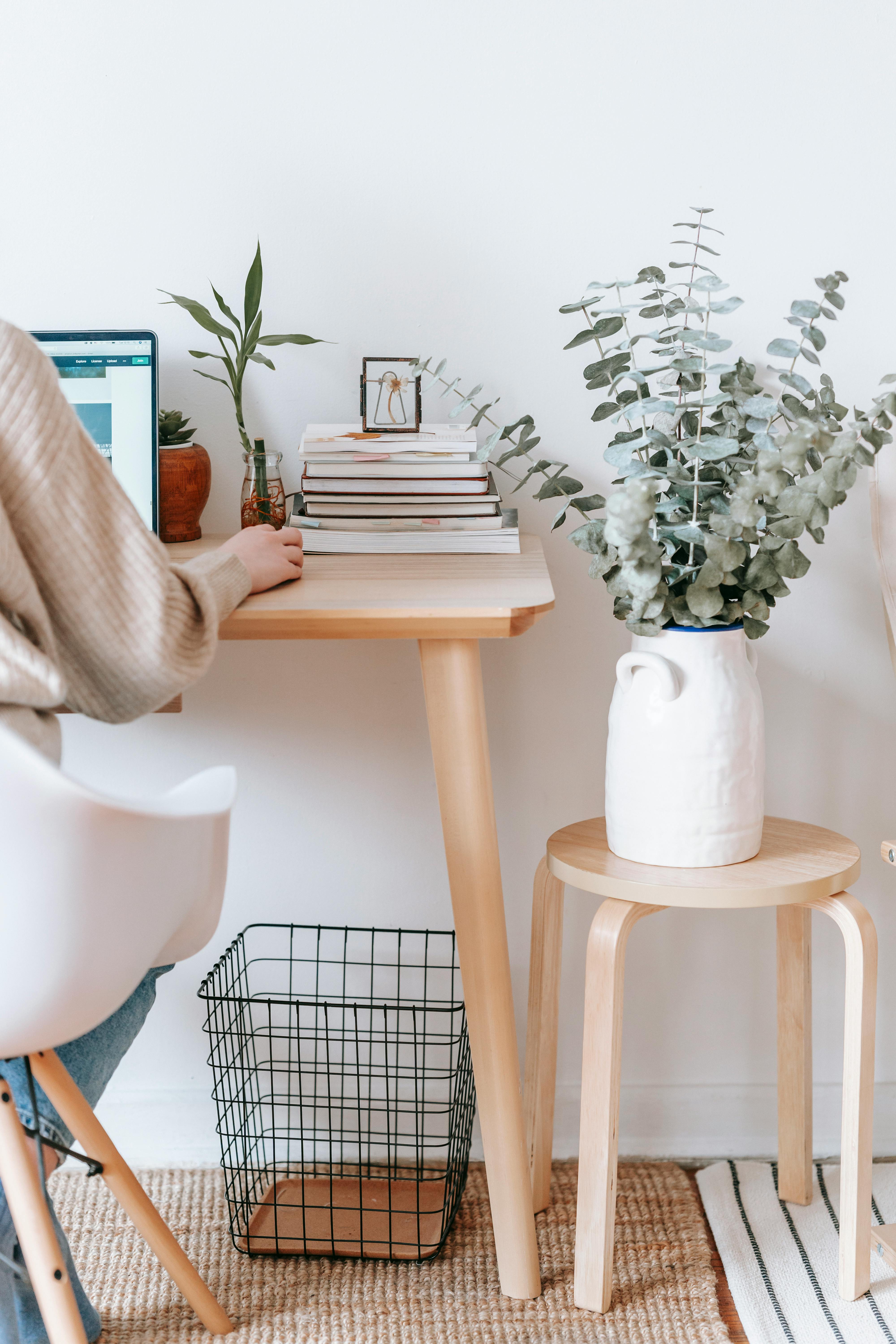
DIY projects are a hands-on way to learn that makes abstract concepts tangible.
Building a model of a DNA strand, creating a diorama of a historical event, or crafting a homemade volcano for a science experiment brings your studies to life. These projects require you to research, plan, and execute, which deepens your understanding and retention of the material.
Moreover, the process of creating something with your hands can be incredibly satisfying and can help break the monotony of traditional studying. Sharing you
4. Study Groups

Study groups can make a huge difference in your learning process. When you join forces with friends or classmates, you can share different perspectives and explanations that might help you understand a topic better.
Teaching each other, quizzing one another, and discussing challenging concepts can deepen your knowledge. Study groups also provide a support system, making studying less isolating and more enjoyable. You can divide topics among group members, allowing everyone to focus on different areas and then come together to share insights.
This collaborative approach can boost your motivation and make studying a more social and interactive experience.
5. Music and Songs
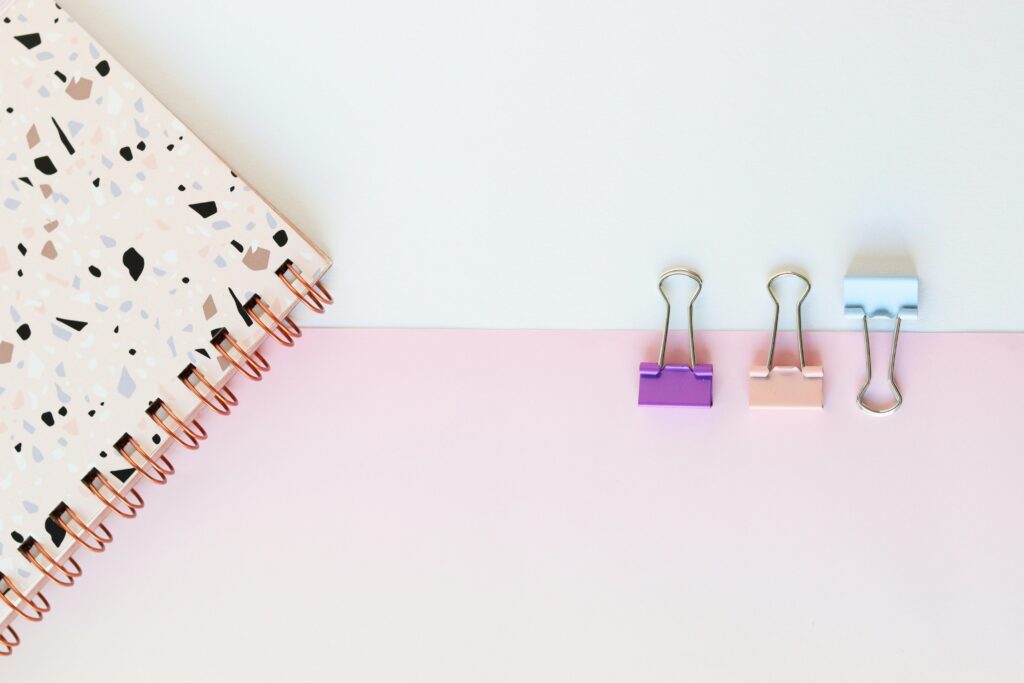
Turning your study material into music can be a game-changer. Creating songs or raps to memorize facts, formulas, or vocabulary makes learning more enjoyable and helps with retention.
Music taps into the brain's natural ability to remember melodies and rhythms, making it easier to recall information. For instance, you could write a catchy tune about the periodic table or a rap about the causes of World War I. You don’t need to be a musician to do this – just have fun with it!
Sharing your educational songs with friends or classmates can also make studying more fun and collaborative.
6. Digital Storytelling

Digital storytelling is an innovative way to combine technology and learning. Creating presentations, videos, or podcasts about your study topics can make the material more engaging and easier to understand.
Tools like PowerPoint, iMovie, or Audacity allow you to add visuals, audio, and interactive elements to your projects. For example, you could make a video documentary about a historical event, complete with images, music, and narration. Or, you could produce a podcast series discussing different scientific theories.
This method not only helps you learn the material but also develops your technical and creative skills.
7. Flashcards
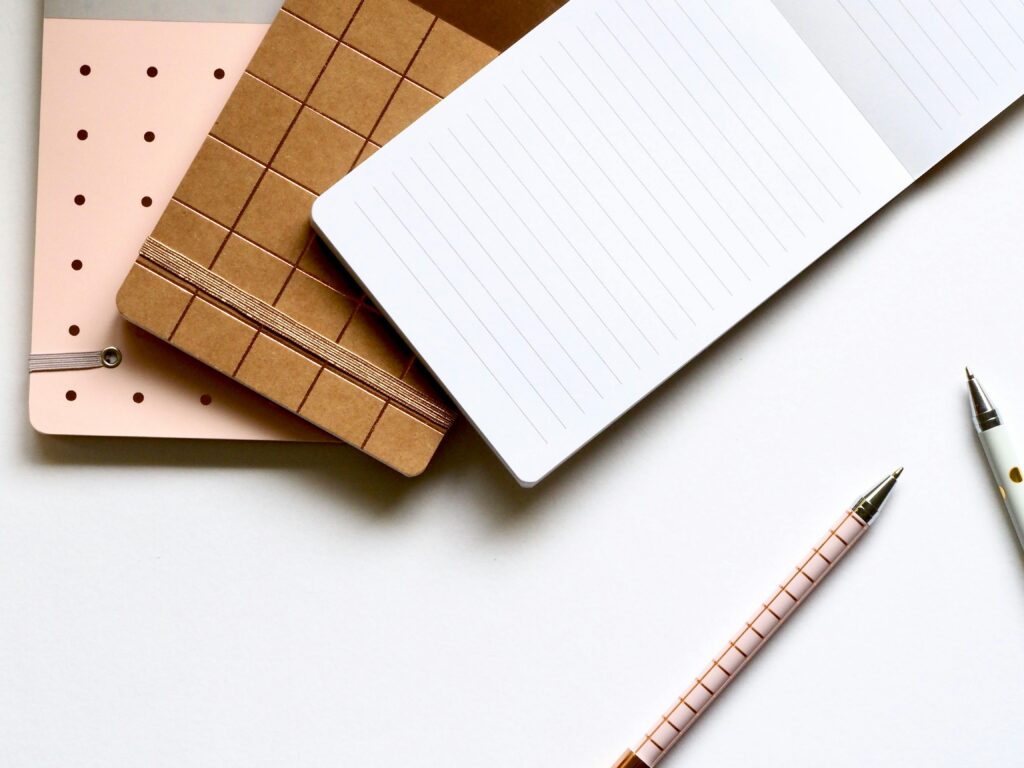
Now, flashcards aren't ordinarily fun; however, they definitely can be. Flashcards are a classic study tool, but you can make them more engaging by adding drawings, jokes, or mnemonics.
This personal touch can make the process of memorization more enjoyable and effective. Apps like Anki allow you to create digital flashcards with images and sounds, making them even more interactive. For example, if you’re learning vocabulary words, you could draw a funny picture to represent each word or create a mnemonic sentence that helps you remember it.
Flashcards are perfect for quick, on-the-go study sessions and can be used solo or with a study buddy for quizzes.
8. Teach Others
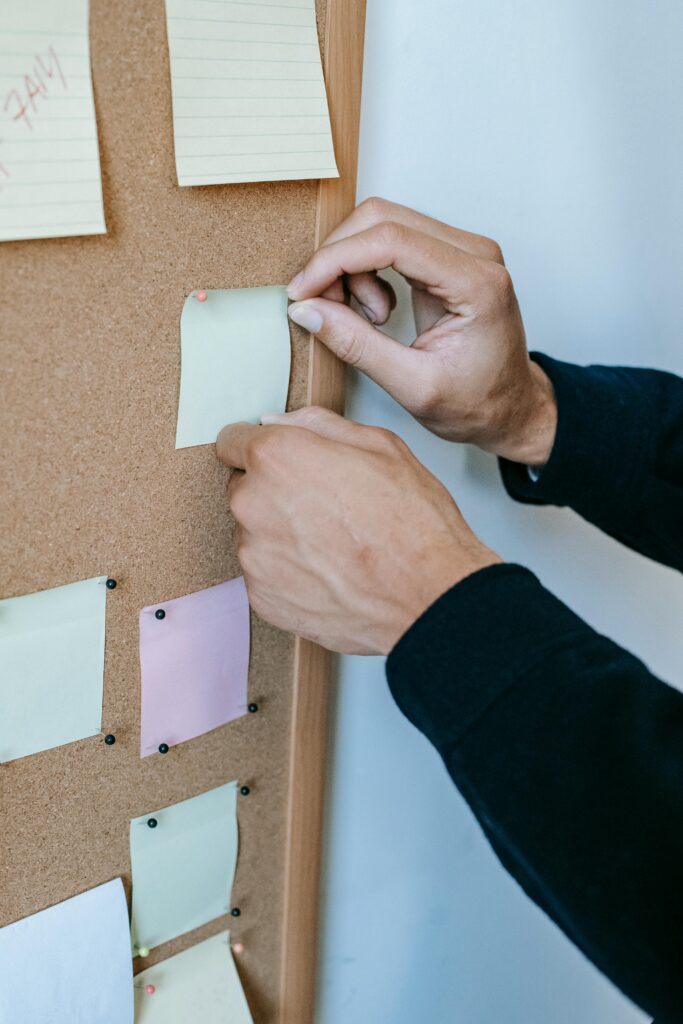
Teaching what you’ve learned to someone else is a powerful way to reinforce your own understanding.
When you explain concepts to friends, family, or even your pet, you have to process and organize the information in a way that makes sense. This helps solidify your knowledge and identify any gaps in your understanding. You could organize mini-lessons, create presentations, or just have casual teaching sessions where you explain topics aloud.
Teaching others not only boosts your confidence but also deepens your comprehension and retention of the material.
9. Interactive Notebooks/Notes
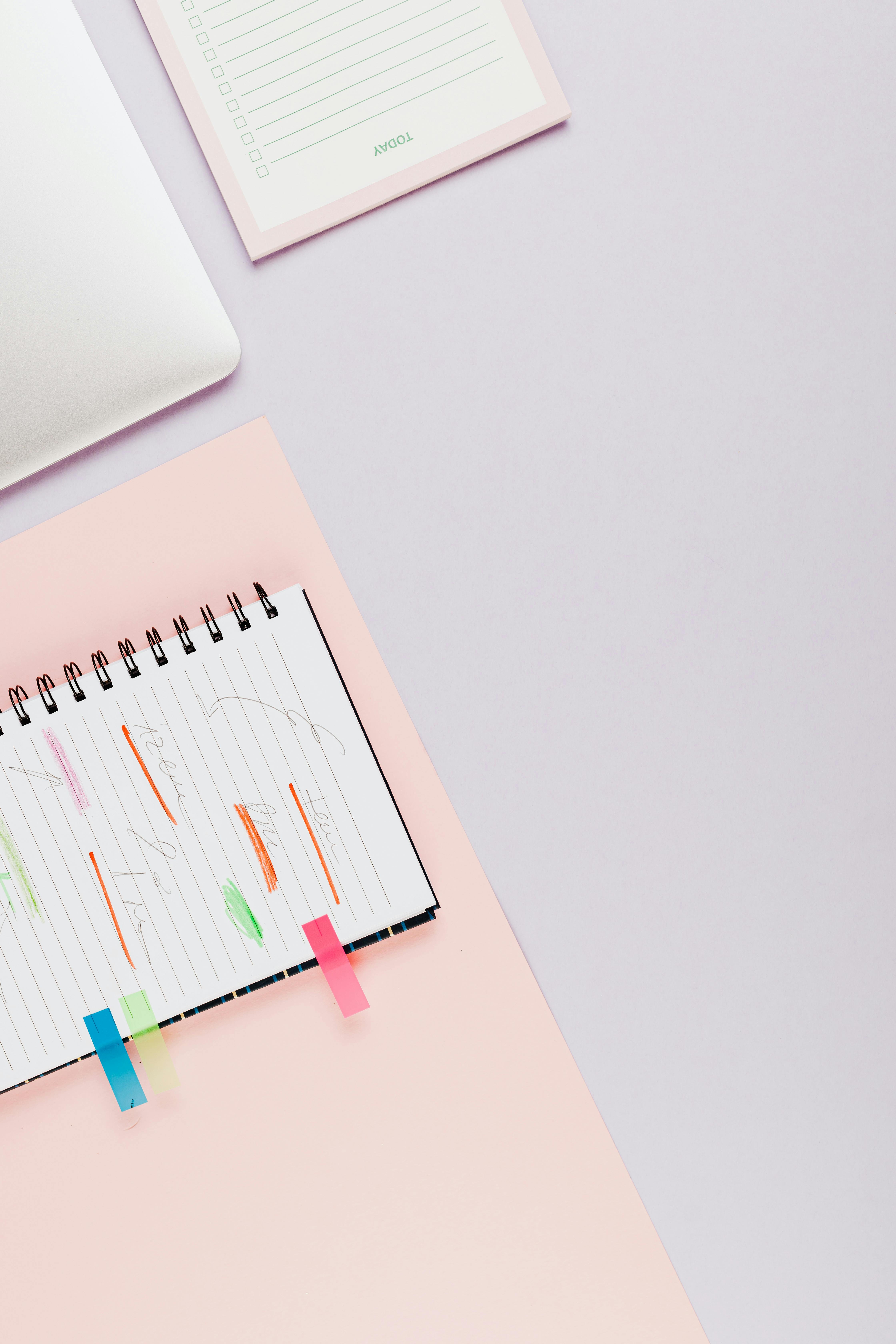
Interactive notebooks transform traditional note-taking into a creative, hands-on activity. By adding flaps, pockets, and tabs, you can create a dynamic and engaging way to organize your notes.
For instance, you can use foldable charts for math formulas, pockets for flashcards, and tabs to separate different subjects. This method encourages active participation and makes reviewing notes more enjoyable.
Interactive notebooks are particularly effective for visual and kinesthetic learners, as they combine writing, drawing, and manipulating physical elements to enhance understanding and memory.
10. Creative Writing
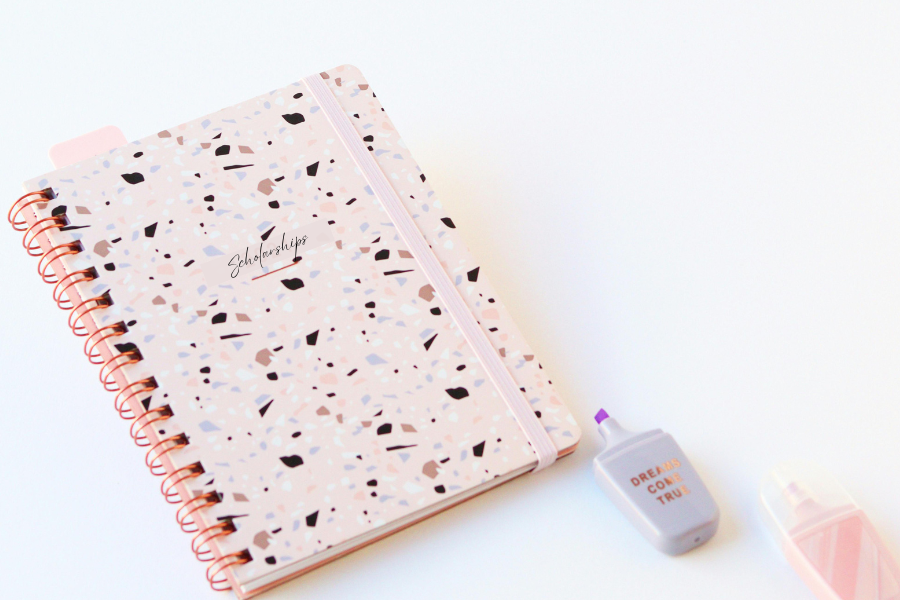
Incorporating creative writing into your study routine can make learning more engaging and enjoyable.
Writing poems, short stories, or essays about your study topics allows you to explore and internalize the material in a deeper way. For example, writing a short story from the perspective of a historical figure or a poem about a scientific process can help you connect with the material on a personal level.
Creative writing encourages you to think critically and creatively about the subjects you’re studying, making the information more memorable and meaningful.
11. Infographics
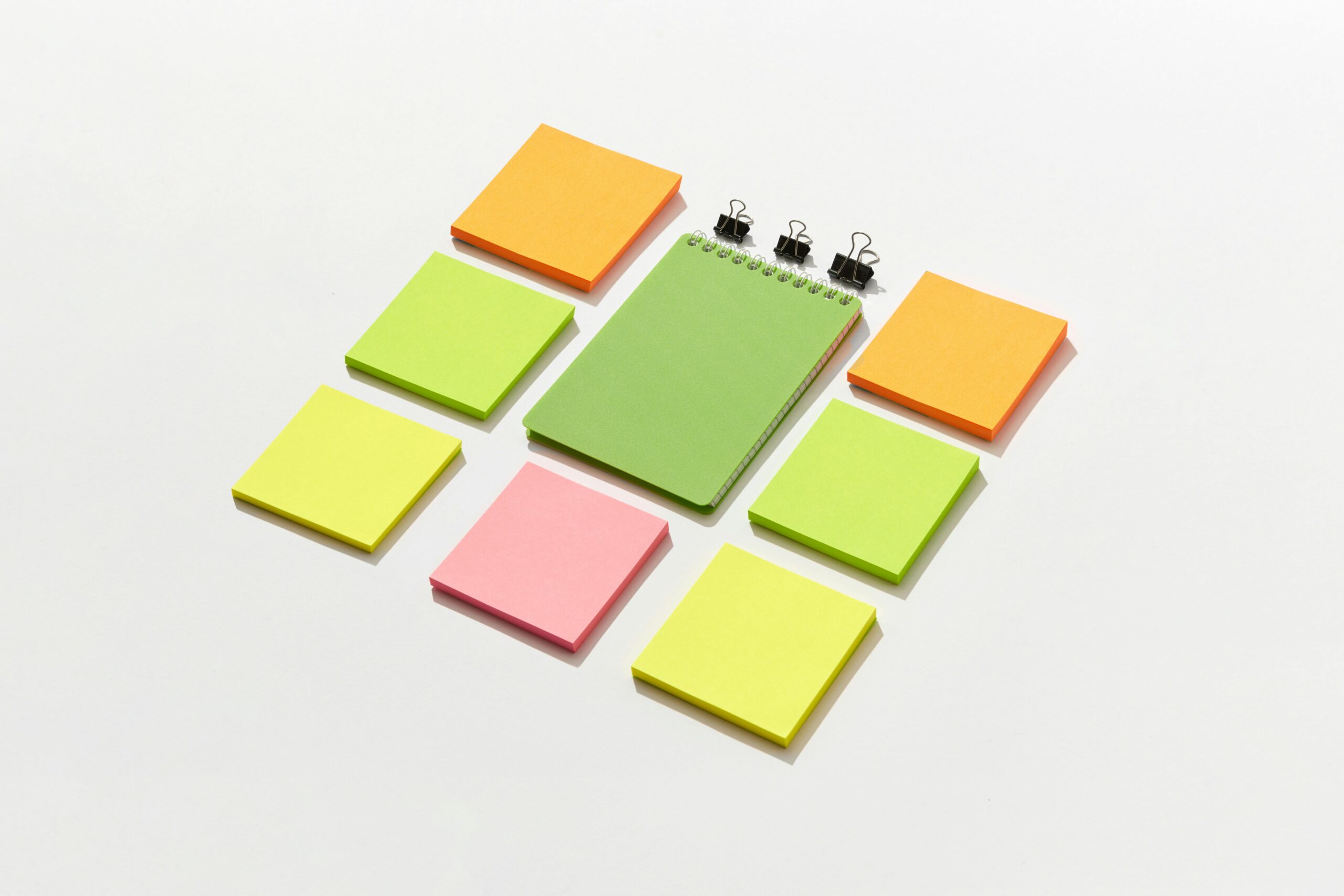
Designing infographics is a great way to visually summarize complex information. By combining text, images, and data, you can create a visual representation that highlights the key points and relationships between concepts.
For example, you could design an infographic to explain the water cycle, the structure of an atom, or the timeline of a historical event. Tools like Canva make it easy to create professional-looking infographics. So, this method helps you organize and condense information, making it easier to review and understand.
Plus, infographics are visually appealing and can be shared with classmates or used as study aids.
12. Bullet Journaling
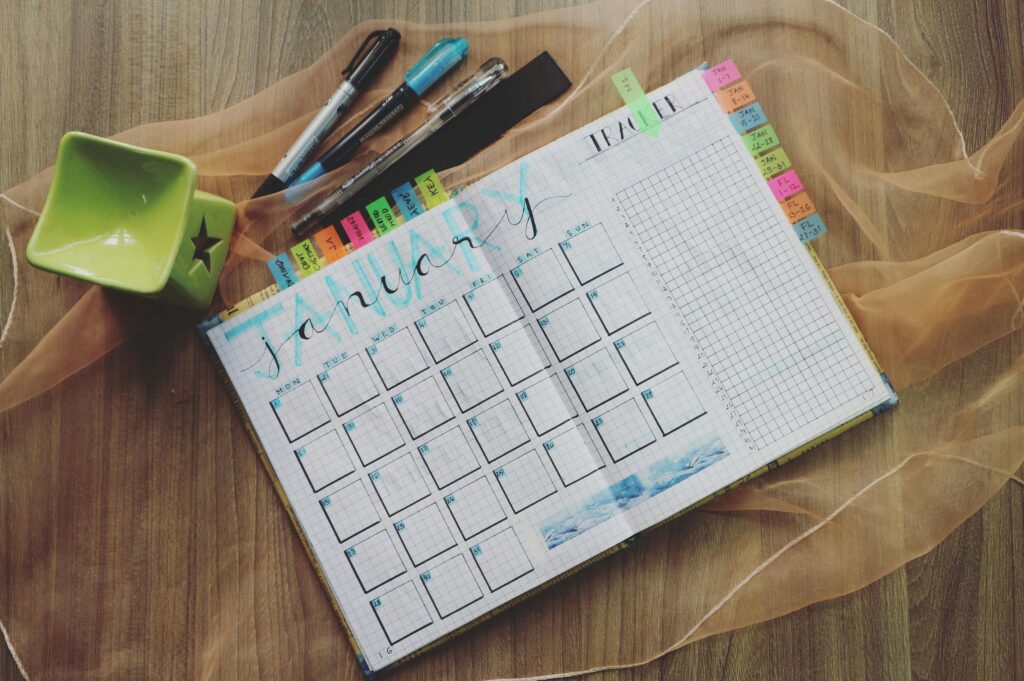
Bullet journaling is a versatile and creative way to organize your study routine and track your learning progress.
By using a bullet journal, you can set study goals, create to-do lists, and jot down key concepts in a visually appealing way. Also, you can add drawings, color codes, and inspirational quotes to make your journal more personalized and motivating. For example, you could dedicate a page to each subject, noting down important dates, topics to review, and reflections on what you’ve learned.
Overall, bullet journaling combines productivity with creativity, making study time more organized and enjoyable.
13. Visualization Techniques

Visualization techniques involve imagining and mentally exploring concepts to enhance understanding and memory.
For subjects like geometry, anatomy, or biological processes, visualization can be particularly effective. For example, imagine you’re traveling through the digestive system, observing how each organ functions, or picture the steps of cell division as a series of vivid images. This method engages your imagination and helps you create mental maps of the information.
Visualization can be used during study sessions or even as a relaxation technique before tests to reinforce your knowledge and boost confidence.
This post was about creative ways to learn.
Related Posts You Might Like: 11 Life-Changing High School Note-Taking Tips That Will Make You A Straight-A Student